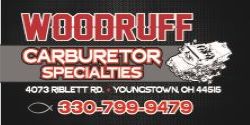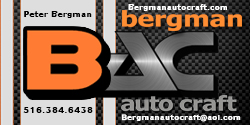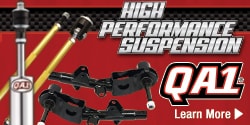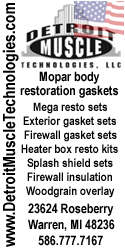If you have the mechanicals adjusted properly, yet the booster self-applies "to the floor" when the engine starts, that is not supposed to happen. Yes, if you deplete the vacuum in the reservoir, when you start the engine with a firm pressure on the brake pedal, it will "sink" about 1/2" or less when the vacuum happens (as specified in many service literature items), that is normal, but not what you describe.
As to "brake fade in traffic", where the brakes are used to modulate vehicle speed, DO make sure that you are not following so close to the car in front that no air can get to the brakes for normal convective cooling. Plus getting some air through the radiator to keep the engine cool.
I'm not sure of the traffic patterns over there, but extended stop-and-go traffic should not be fading the brakes that much, compared to mountain driving, for example. No matter WHAT type of brake lining in being used. As long as it is OEM-quality level, at least.
Power brakes, back then, were KNOWN to be "touchy", especially GM power brakes. I inherited a '70 Skylark from a great aunt. When I would move the car around in the driveway, the first brake application had to be done carefully (after driving a power disc/drum car) so I didn't eat steering wheel. But after I got past that, my actions adjusted and all was fine.
IF you are having a booster issue, that can happen whether there are drum brakes at all corners or not. For the brake fade concerns, you might try driving the car without wheel covers for possibly better brake cooling.
Just some thoughts and observations,for the above cheers
If you have the mechanicals adjusted properly, yet the booster self-applies "to the floor" when the engine starts, that is not supposed to happen. Yes, if you deplete the vacuum in the reservoir, when you start the engine with a firm pressure on the brake pedal, it will "sink" about 1/2" or less when the vacuum happens (as specified in many service literature items), that is normal, but not what you describe.
As to "brake fade in traffic", where the brakes are used to modulate vehicle speed, DO make sure that you are not following so close to the car in front that no air can get to the brakes for normal convective cooling. Plus getting some air through the radiator to keep the engine cool.
I'm not sure of the traffic patterns over there, but extended stop-and-go traffic should not be fading the brakes that much, compared to mountain driving, for example. No matter WHAT type of brake lining in being used. As long as it is OEM-quality level, at least.
Power brakes, back then, were KNOWN to be "touchy", especially GM power brakes. I inherited a '70 Skylark from a great aunt. When I would move the car around in the driveway, the first brake application had to be done carefully (after driving a power disc/drum car) so I didn't eat steering wheel. But after I got past that, my actions adjusted and all was fine.
IF you are having a booster issue, that can happen whether there are drum brakes at all corners or not. For the brake fade concerns, you might try driving the car without wheel covers for possibly better brake cooling.
Just some thoughts and observations,
CBODY67
hi thanks for the above
















